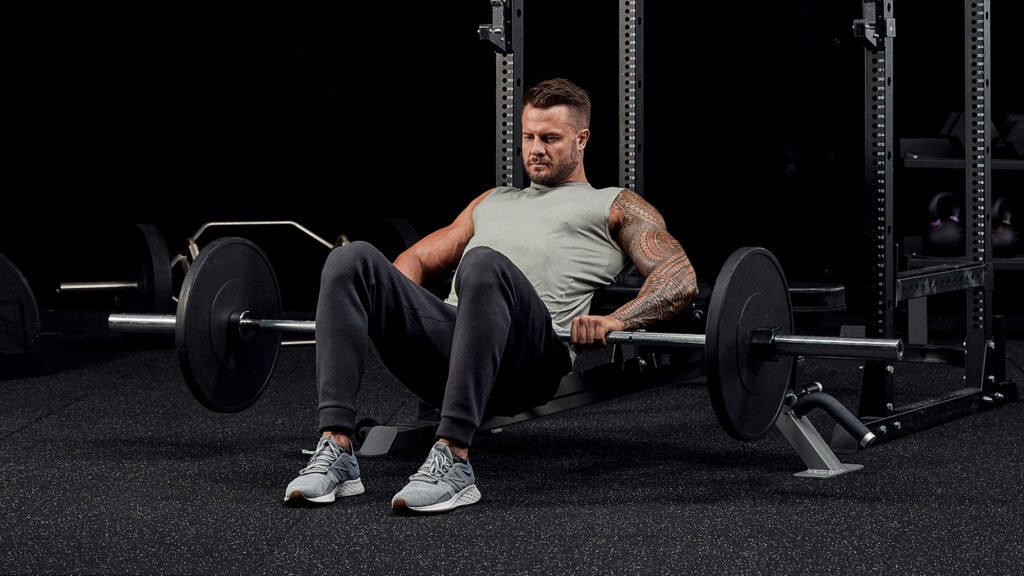Introduction:
Functional vs. traditional strength training focuses on improving real-world movement patterns versus targeting specific muscle groups for strength and size.
Strength training is a cornerstone of fitness, essential for building muscle, improving endurance, and enhancing overall health. Two primary approaches dominate the strength training landscape. functional strength training and traditional strength training. While both aim to increase strength, they differ significantly in purpose, exercises, and results. Understanding these differences can help you choose the best training style to achieve your fitness goals.
functional vs traditional strength training
Unstable environments:
Many functional exercises are performed on unstable surfaces (like Bosu balls or balance boards) to challenge stabilising muscles.
Bodyweight or free weights:
Functional training often incorporates bodyweight exercises, resistance bands, or free weights like dumbbells and kettlebells. Machines are rarely used, as they restrict natural movement patterns.
Core engagements
A strong core is essential for functional strength. Many exercises engage the core muscles to provide stability and support for other movements.
Movement planes:
Functional training includes exercises that work through different planes of motion—forward and backward, side to side, and rotationally—ensuring a full range of motion and dynamic control.
Functional exercises mimic the body’s natural movements, making it easier to perform daily tasks like bending, reaching, or lifting.
Injury prevention:
By focusing on balance, coordination, and joint stability, functional training reduces the risk of injuries in both daily life and sports.
Core and stability improvements:
Many exercises require strong core engagement, leading to better posture and spinal support.
Better athletic performance:
For athletes, functional training can enhance performance by improving agility, coordination, and movement efficiency.
What is Traditional Strength Training?

Traditional strength training, often referred to as resistance training, primarily focuses on increasing muscle size and strength through isolated movements. This style of training usually involves machines or free weights, targeting specific muscle groups with controlled, linear movements. The primary objective is hypertrophy (muscle growth) or maximal strength, depending on the program.
Key Characteristics of Traditional Strength Training:
Isolated movements:
Exercises like bicep curls, leg presses, or chest presses focus on one muscle group at a time, isolating it for targeted strength improvement.
Fixed planes of motion:
Traditional training typically uses machines or free weights in controlled, single-plane movements (e.g., up and down, or back and forth).
Structured sets and repetitions:
Training often follows a structured plan, with specific sets, reps, and rest periods to optimise muscle growth or strength gains.
Machines and free weights:
Both machines and free weights like barbells and dumbbells are commonly used, depending on the program’s goals.
Focus on load:
Traditional strength training often focuses on lifting progressively heavier weights to stimulate muscle growth and strength development.
Benefits of Traditionally Strength Training:
Muscle growth:
Traditional strength training, especially with heavy weights and lower reps, is ideal for hypertrophy and building muscle mass.
Targeted strength:
This method allows for precise targeting of specific muscles, which is useful for bodybuilding or rehabilitation.
Progressive overload:
Traditional training enables a clear progression in weight lifted, which helps in tracking strength gains over time.
Bone density improvement:
Lifting heavy weights in a controlled manner can significantly improve bone density, which is essential for long-term health.
Key Differences Between Functional and Traditional Strength Training

1. Purpose and Goals:
Functional strength training emphasises improving everyday movement and athletic performance.Traditional strength training focuses on increasing muscle size and strength, often with a goal of hypertrophy or maximal power.
2. Exercise Variety:
Functional training involves compound, multi-joint exercises that work multiple muscle groups simultaneously.Traditional training often uses isolated exercises that target specific muscles.
3. Equipment:
Functional training typically uses minimal equipment (bodyweight, kettlebells, resistance bands, etc.) and free weights in dynamic movements.Traditional training often relies on machines or free weights for more controlled, linear movements.
4. Training Environment:
Functional training often takes place in less stable environments, challenging balance and coordination.Traditional strength training usually occurs in more controlled environments, such as with fixed machines or stable benches.
5. Movement Planes:
Functional training works across multiple planes of motion, enhancing full-body coordination and flexibility.Traditional strength training usually focuses on one plane of motion at a time, optimising isolated muscle activation.
Which is Right for You?
Choosing between functional and traditional strength training depends on your goals. If your primary objective is improving daily movement, sports performance, or injury prevention, functional training might be your best bet. It enhances overall coordination, stability, and flexibility, making you more adept at handling dynamic tasks.
On the other hand, if your goal is to increase muscle mass, strength, or work on targeted muscle groups, traditional strength training is more effective. Bodybuilders, powerlifters, or those focused on specific strength goals often favour this approach.
However, many fitness programs now incorporate both styles. Combining functional exercises with traditional strength training can create a well-rounded routine, improving both strength and mobility. For instance, you might include compound movements like squats or deadlifts (traditional training) alongside exercises like kettlebell swings or balance drills (functional training).
Conclusion:
Both functional and traditional strength training offer unique benefits, and the best approach depends on your personal fitness goals. Whether you want to improve everyday movement, prevent injury, or build muscle mass, understanding the strengths and limitations of each training style can help you craft a balanced and effective workout routine. For most people, a hybrid approach that combines the best of both worlds will yield the most comprehensive results.
you must watch 👁️👁️ this article 👇👇👇
Preventive Chemotherapy: How Crucial Is It in Cancer Treatment?





